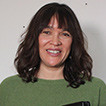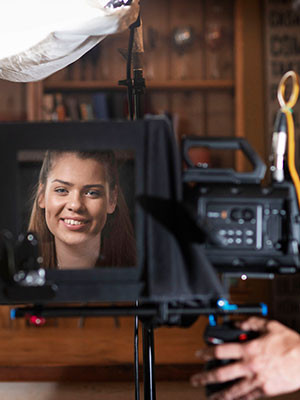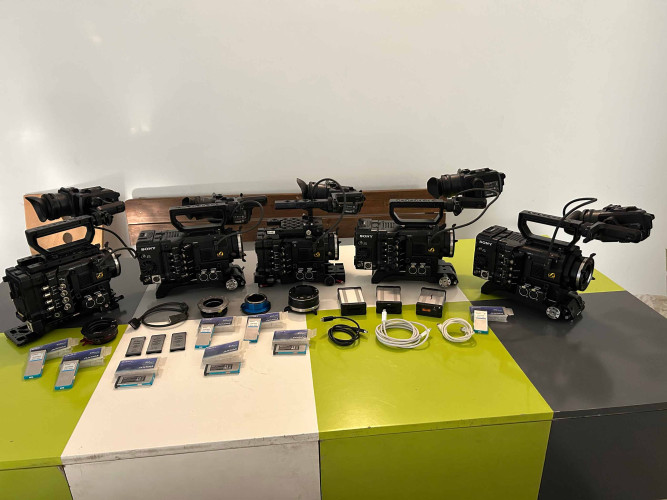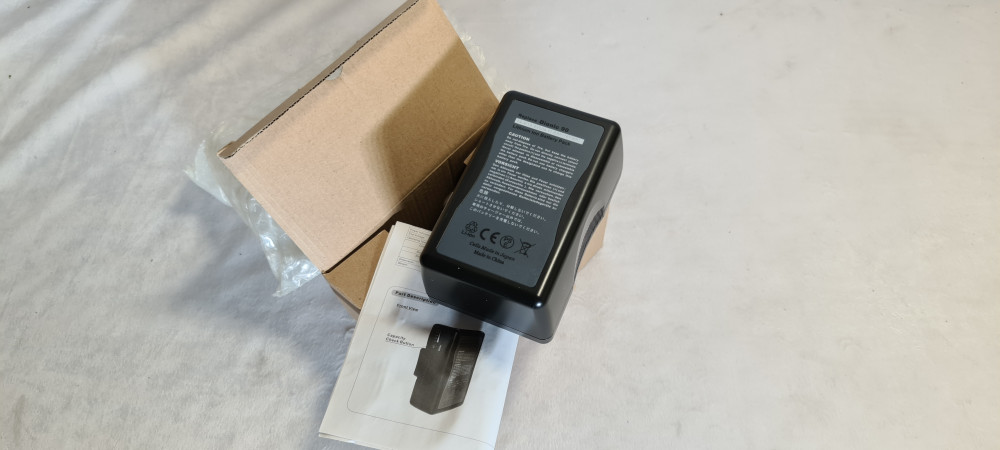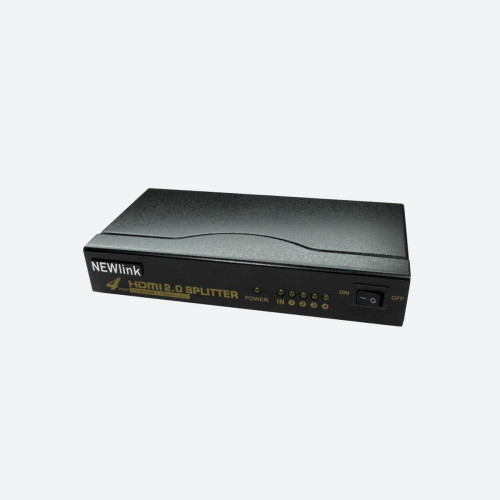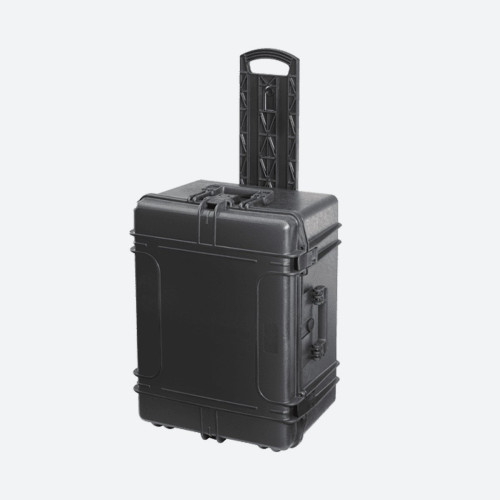Eye contact filming (where the interview subject speaks directly into the lens) is now more common in documentaries. But it hasn’t always been possible or acceptable for filmmakers to do. When I studied Screen Documentary in 1998, I was taught that the subject should look to the left or right of the screen. As an interviewer, I sat close to the camera so the person being filmed looked at me whilst talking. I encouraged them to ignore the camera and focus on me during our conversation.
Back then, the only time you would see a ‘direct-to-camera’ piece was in news reporting. In documentaries, viewers expected to be voyeurs and were interested in the relationship between the subject and the director/interviewer. Now viewers can feel like they are having that relationship themselves because they are being directly spoken to. The transition from voyeur to participant has been taking place in the last two decades.
In 2003 Errol Morris developed a revolutionary device that allowed Vietnam Veterans to look directly into the lens. Morris said, ‘Here was my idea: have people look directly at the camera. Break the fourth wall. Interract with the people. Instead of pretending to be a fly on the wall, be entirely present in what you’re shooting’. He achieved this by plugging a second camera, trained on him, into a teleprompter so the ‘talent’ saw his face. In his groundbreaking documentary The Fog of War, the interviews felt fresh, conversational and frighteningly direct.
It was Julia Shehan, Morris’s wife who named the device an ‘Interrotron’ because she said looking into the lens could fill someone with terror. The ‘Tron’ was added to give it a 50’s horror/sci-fi feel.
Although Morris is famous for inventing the Interrotron, others had also been making their own eye contact devices. Paul Warsaw, a cinematographer reports making a few in the 1980s that achieved this effect and says, ‘the best one was made out of cardboard’. He used the footage in corporate videos where Managing Directors spoke directly to their staff. Interestingly, he didn’t consider using this style in the documentaries he filmed.
Filming styles were very different then and the video diary format had not yet taken shape. Audiences were not used to being directly spoken to in a personal and intimate way. This was about to change with Video Diaries in 1990. The country was gripped by its intimate, gritty and honest portrayals.
Tony Dowmunt, my MA tutor at Goldsmiths University and director of A Whited Sepulchre used the video diary technique in this powerful documentary. He describes talking to camera as a ‘conversational relationship with yourself’. This style of filming feels more confessional, raw and real.
In 2000, Big Brother’s diary room (using a one way mirror) allowed contestants to speak directly to the audience. The growth of Reality TV and Vlogging has led to more confessional, eye contact footage.
Today, there’s a range of devices that make eye contact filming possible. Errol Morris’s second camera is no longer needed as most devices use a simpler method to capture the down the lens look.
There have been many documentaries with eye contact filming including The Imposter and The Zoo.
Gary Clarke, a cinematographer who worked on the 7/7 Survivor Stories says that ‘eye contact filming is used on documentaries where a more intimate relationship with the viewer is required’. Richard Farish, Director of Photography agrees that, ‘looking straight at the viewer really adds to the impact of what is being said’.
More and more directors are choosing this method of filming. Rob Lambie of Reef TV and director of Police Code Zero: Officers Under Attack says, ‘I wanted to create more of a connection with the audience, as if they were sat with the contributor in their front room talking through the incident’.
Lambie also recognises that the process can be enhanced so conversations captured are more open and intimate, ‘The interviewee can't see the lens, so any nervousness from being filmed disappears. The device also helps to create a space for the interviewee where they are 'cut off' from the crew, which reduces any embarrassment they might feel from recounting their story/experience. Having a full face to look at in the glass gives them a connection with the interviewer. The process is quick, simple and comfortable for the interviewee, which has meant the interviews being emotional and authentic.’
As a filmmaker I have become addicted to this style of filming, particularly because I enjoy the process. We make films on health and social care issues so our interviewees can be very nervous. Because our device hides the camera, they quickly relax and forget they are being filmed. This means that heartfelt, passionate and open interviews are a lot easier to achieve. Interviews end up feeling like natural conversations and the result is engaging and meaningful content.
Filming is relatively straightforward but before recording, it’s important to make sure the eye line is positioned so that the subject is looking directly into the lens. On our device, a simple way of doing this is for the interviewer to position their eye at the same level as the lens.
There are different devices on the market; ours (pictured) enables both interviewer and interviewee to see each other’s full face meaning the conversation is natural and fluid. The subject and interviewer sit at a 90-degree angle and a flag or light/reflector is used as a divider. Although at first this seems unusual, it quickly becomes an advantage, as the interviewee feels less exposed. The box itself frames both faces adding a captivating and almost confessional element.
Eye contact filming is being used more because the viewer wants to understand the subject in a way that makes them feel connected and empathetic. Increasingly, the interviewer is becoming less of a focus and more a vessel for the audience’s needs. Now that eye contact filming is easy to achieve, it will be interesting to see if it becomes more of the norm.
www.magicvideobox.co.uk



